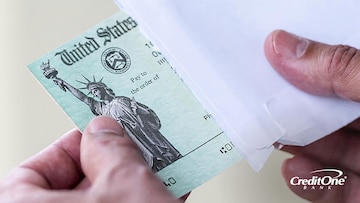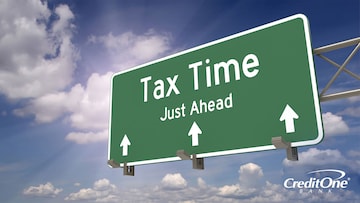Interest charges can take a big bite out of most any budget. But did you know that certain interest payments could actually help lower your income tax bill? When you itemize eligible interest expenses on your federal income tax return, you may be able to keep more cash in your bank account by reducing your IRS tax liability.
Your household income, filing status, and whether you choose to itemize deductions are all key factors in determining whether deducting eligible interest expenses makes financial sense. Generally, taxpayers choose to itemize deductions if the total amount they’re deducting exceeds the standard deduction offered by the federal government.
Before you decide whether itemizing deductions is the better option for you, consult with a qualified tax professional. In the meantime, you may want to start gathering your records to account for potentially tax-deductible interest if you have paid any of the following types of interest during the year for which you’re filing federal taxes:
Mortgage Interest
Homeownership comes with a variety of financial perks. One of the most coveted is the potential that financing a home has to reduce federal income tax liability. New home borrowers—and homeowners who refinance their mortgages or secure a home equity loan—can use the amount paid in interest charges each year to lower their tax bill.
Mortgage loan amortization changes over time, but borrowers can benefit as long as they are paying interest on the loan. New loans provide the most significant money-saving opportunity since the majority of the monthly payment gets applied to interest, not the principal balance.
Mortgage and home equity loans used to purchase, build, or improve your primary or second home may qualify for a deduction. You should receive Form 1098, Mortgage Interest Statement from your lender, which reflects interest paid in the tax year. If you haven’t received it by January 31, or the information is inaccurate, contact your lender.
Business Credit Card Interest
Business owners may already know that they can deduct the interest on money borrowed for certain business-related investments. But don’t forget that financing a purchase with a credit card is also essentially a loan. Purchases for your business made with a credit card are tax deductible—but so is any credit card interest paid on these purchases.
Remember that only interest on business-related purchases is deductible. So, for example, using your credit card to purchase a new bedroom set for your home and deducting the interest on this purchase would not be allowed. Such a purchase would be considered a personal expense, and credit card interest charges on personal expenses are not tax deductible.
To keep from mixing up personal and business purchases, it may make sense to have a designated credit card for your business. That way, if you know that every purchase made on that card was business related, you can more easily calculate how much you spent on interest for business purchases during the year.
Student Loan Interest
About 70% of college graduates exit higher education with their credentials and a sizeable amount of student loan debt. Fortunately, if loans were part of your financial aid package, then some or all of the annual interest you paid on those student loans may be tax deductible.
Student loan interest deductions are possible if you made interest payments during the tax year on a qualified federal or private student loan. These tax deductions reduce the amount of income that may be taxed.
Eligible borrowers can deduct up to $2,500 in student loan interest payments for the tax year without the need to itemize deductions. Answer questions about your specific situation using the IRS Interactive Tax Assistant (ITA) to help determine whether you can deduct student loan interest on your taxes this year.
You may be surprised at how much you can save on your taxes when you itemize interest deductions on your federal tax return. But to know if itemizing these payments and other potential deductions is worthwhile, you may have to calculate your tax liability two ways: (1) by itemizing deductions, including qualified interest payments and (2) by using the standard deduction. Then, once you’ve seen the numbers, you can decide the best way to file your return based on which method minimizes your tax liability or offers you the biggest refund.
Tracy Scott is a freelance writer who specializes in personal finance and higher education. As a contributor for Credit One Bank, she has combined her expertise in these two areas and managing credit to create informative, engaging content for readers. Her reading list always includes a seemingly odd mix of financial literacy articles and sweet romance novels. She holds a BA in Psychology from the University of Texas at Austin and has a background in higher education regulatory compliance.




